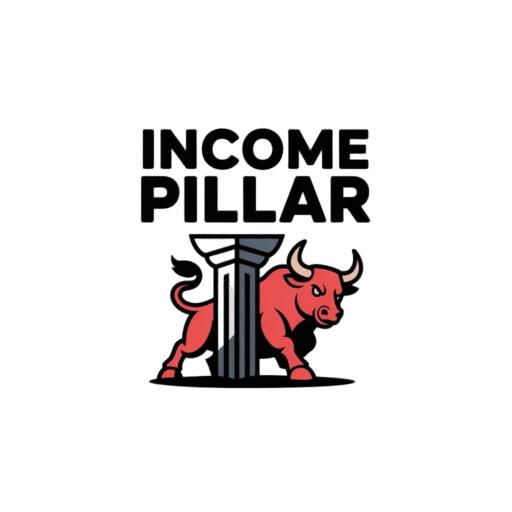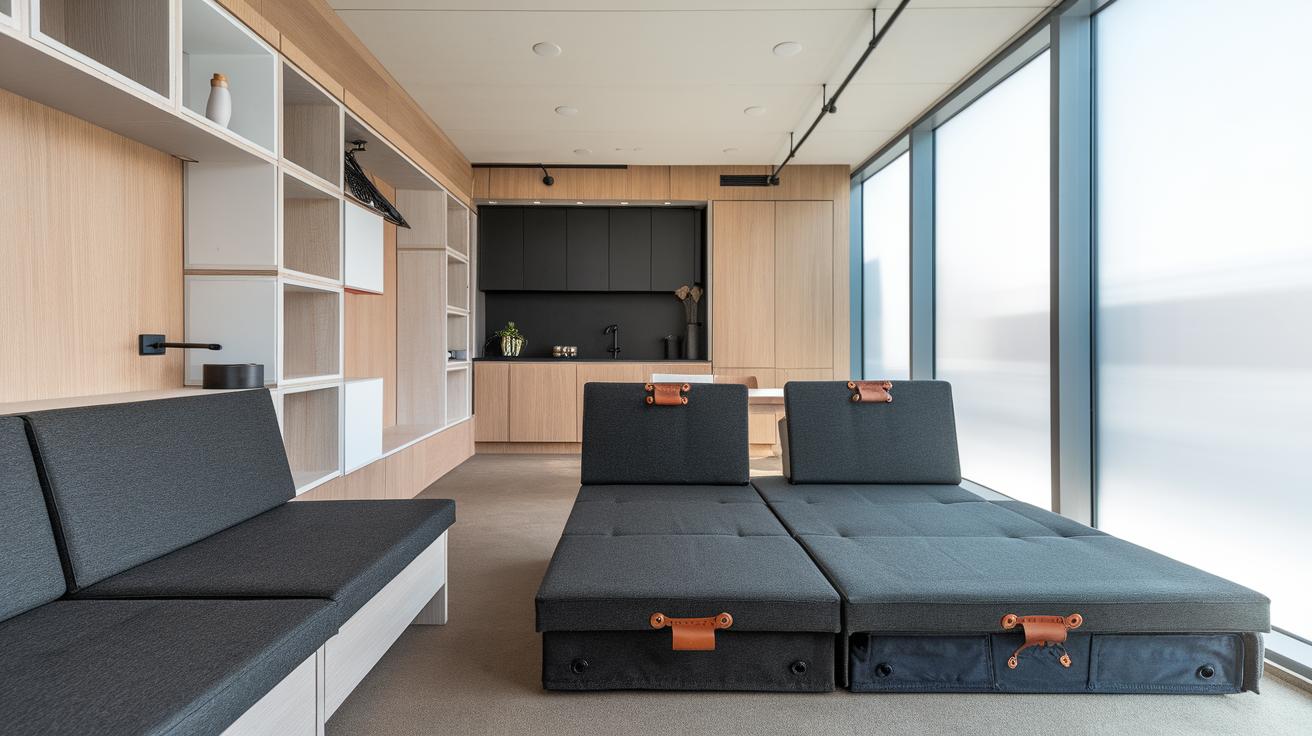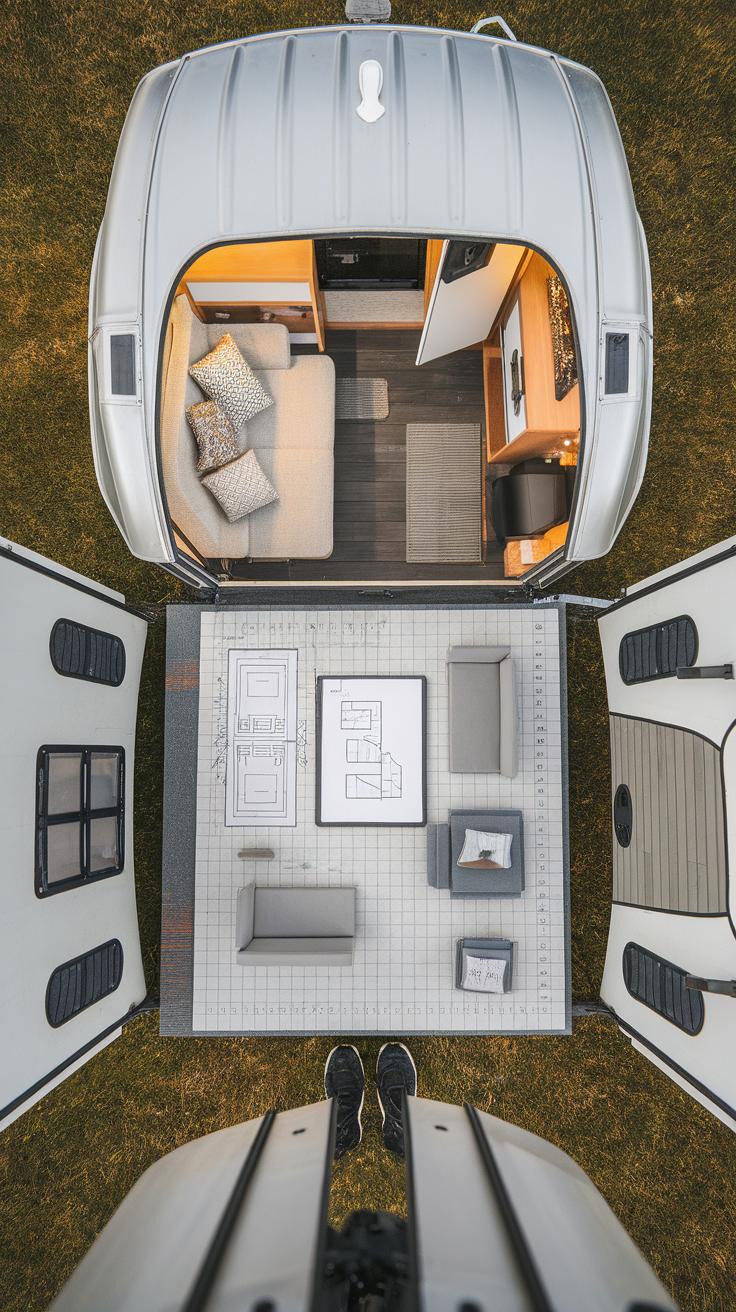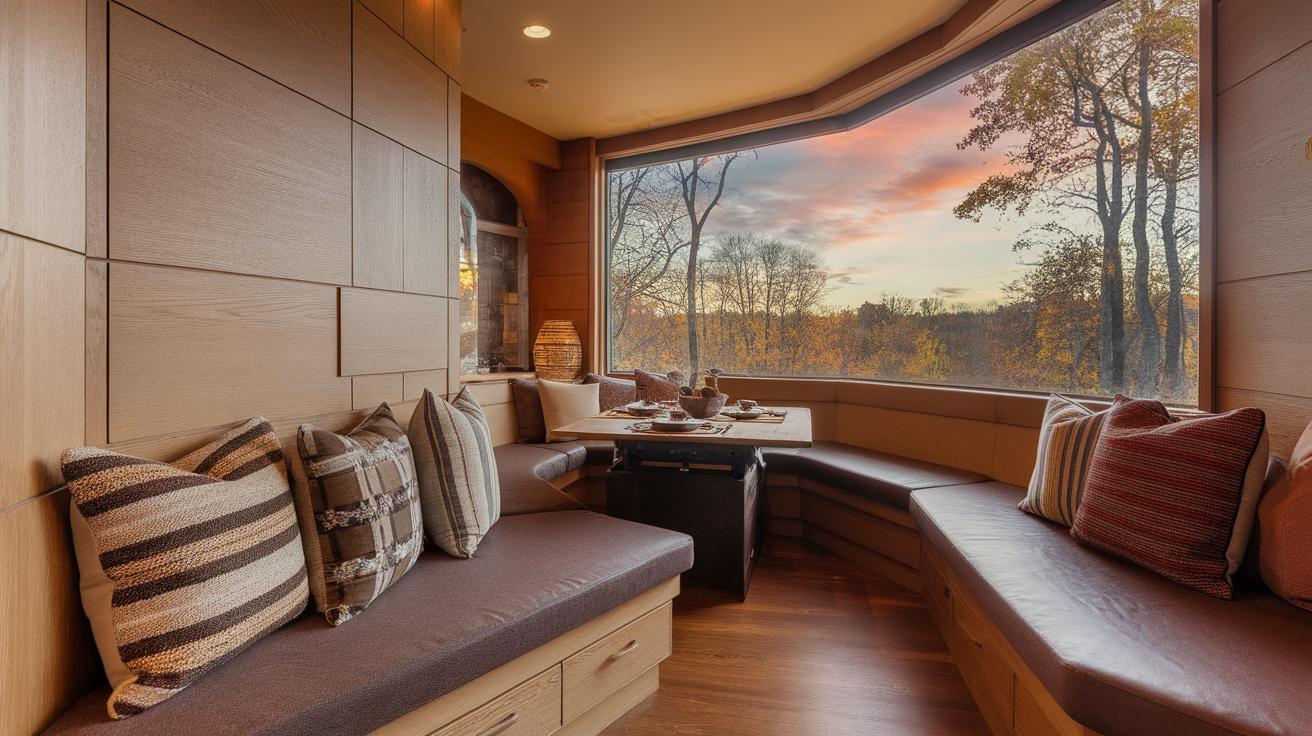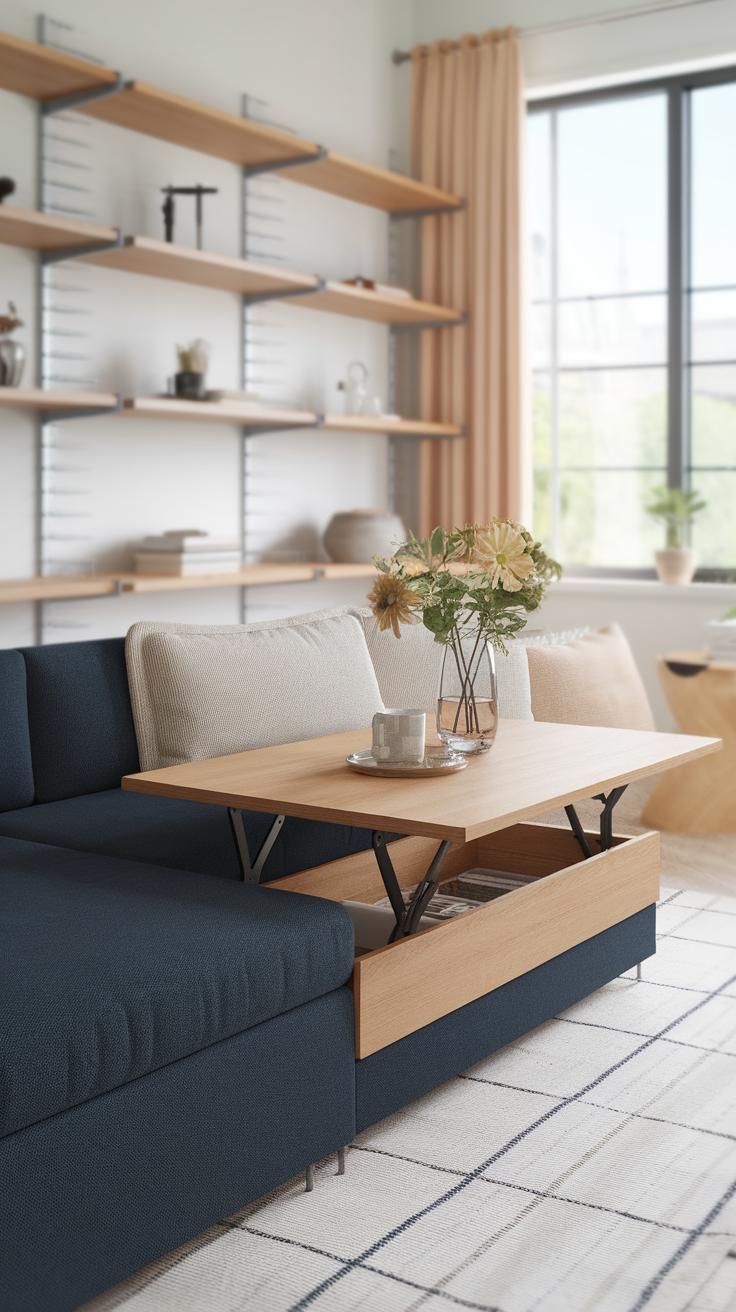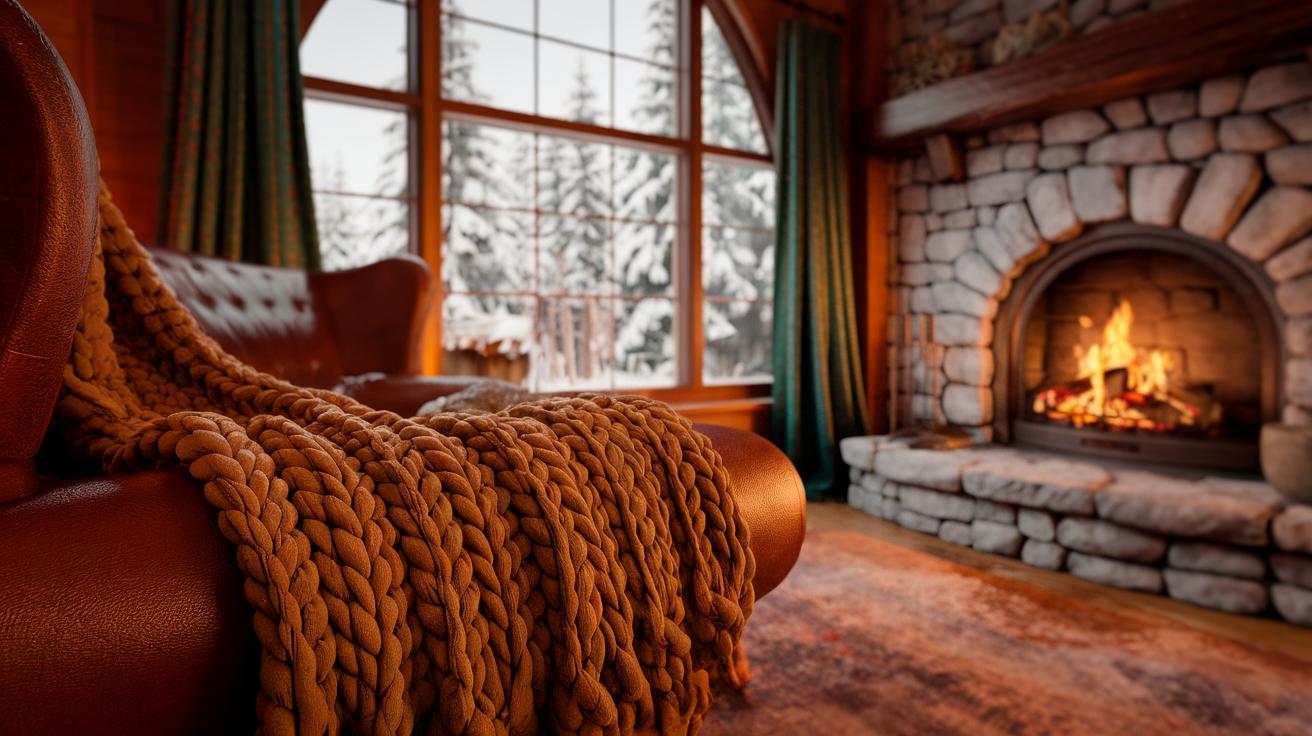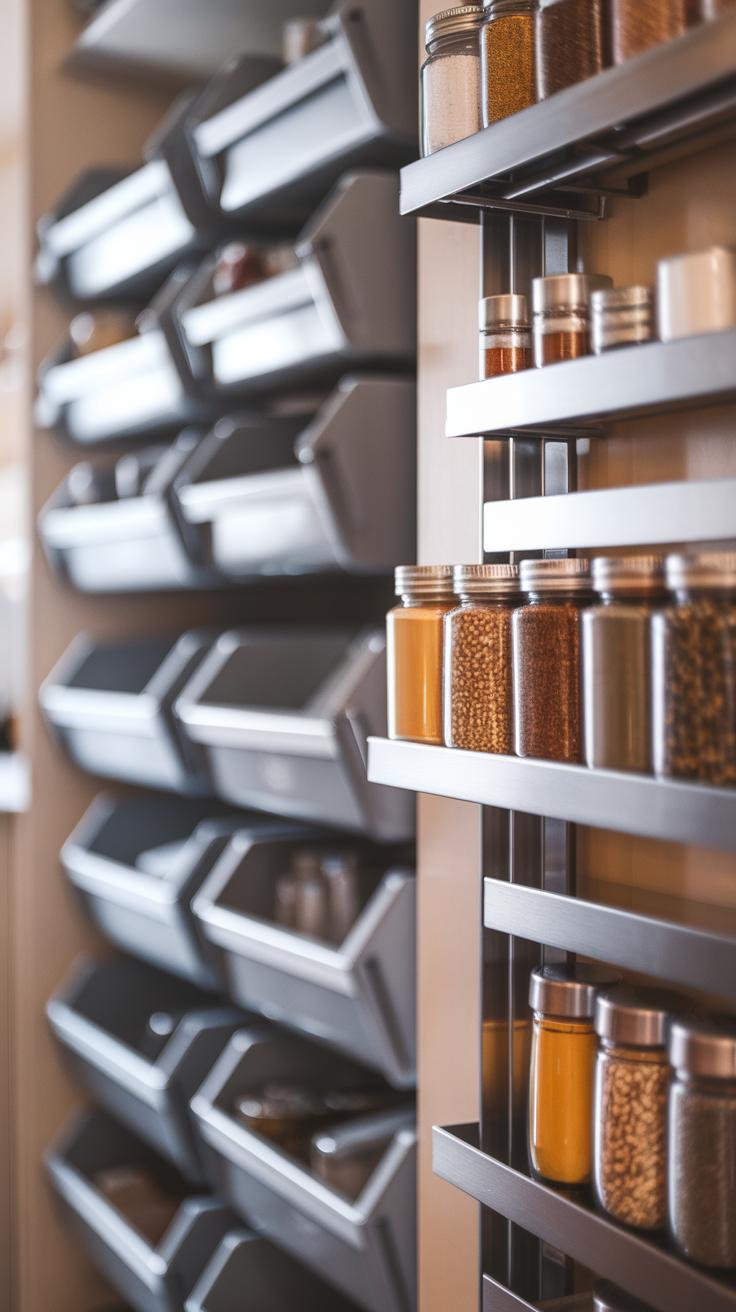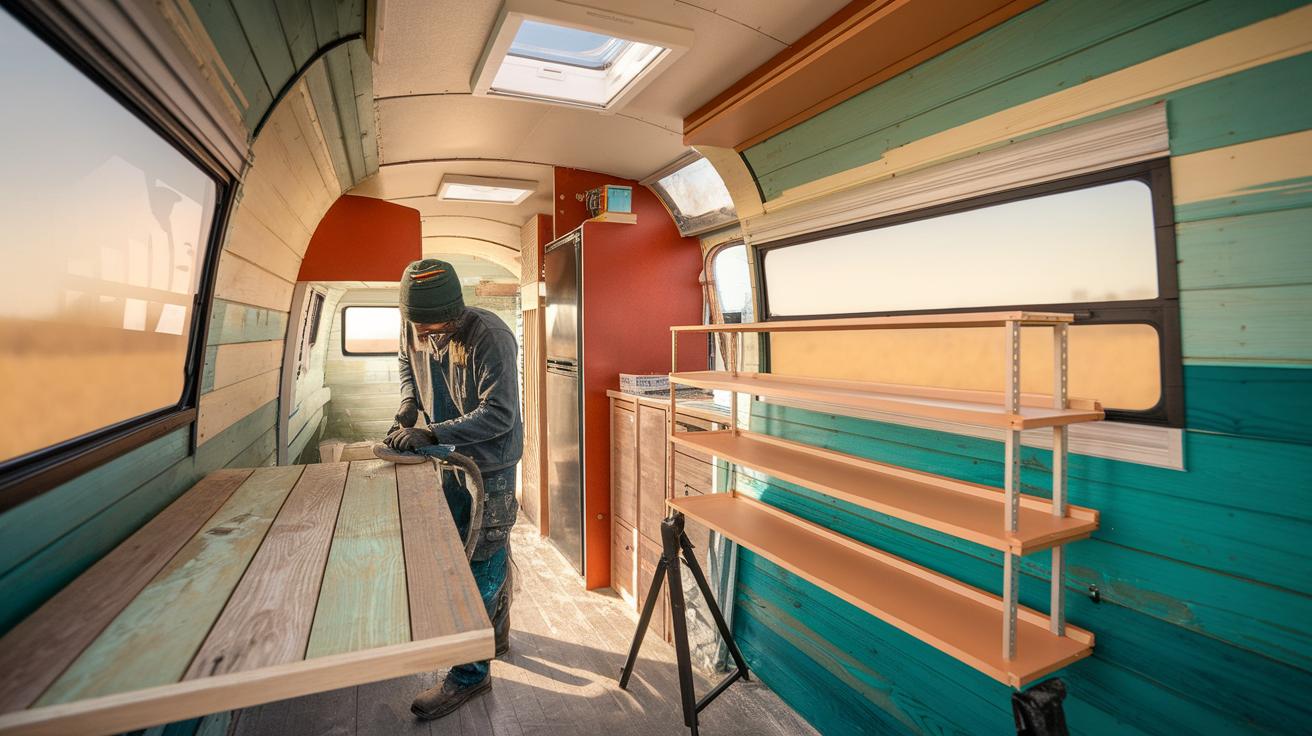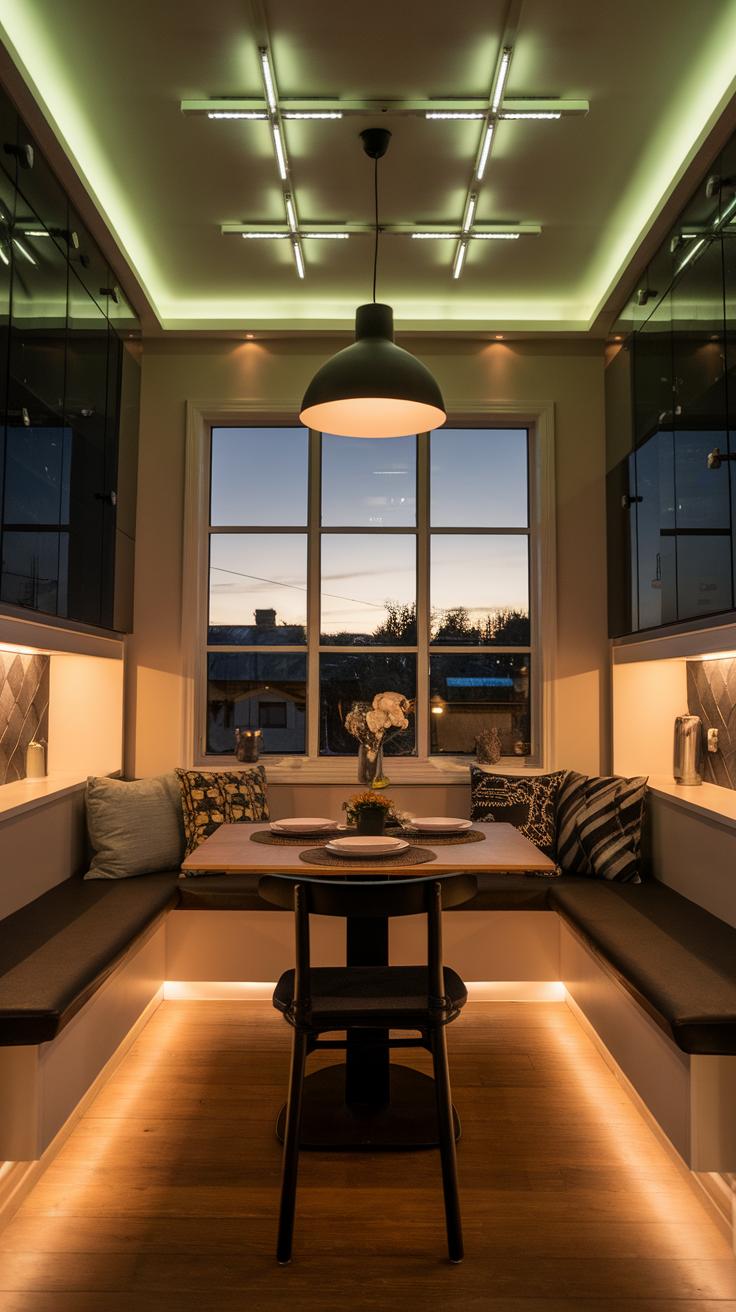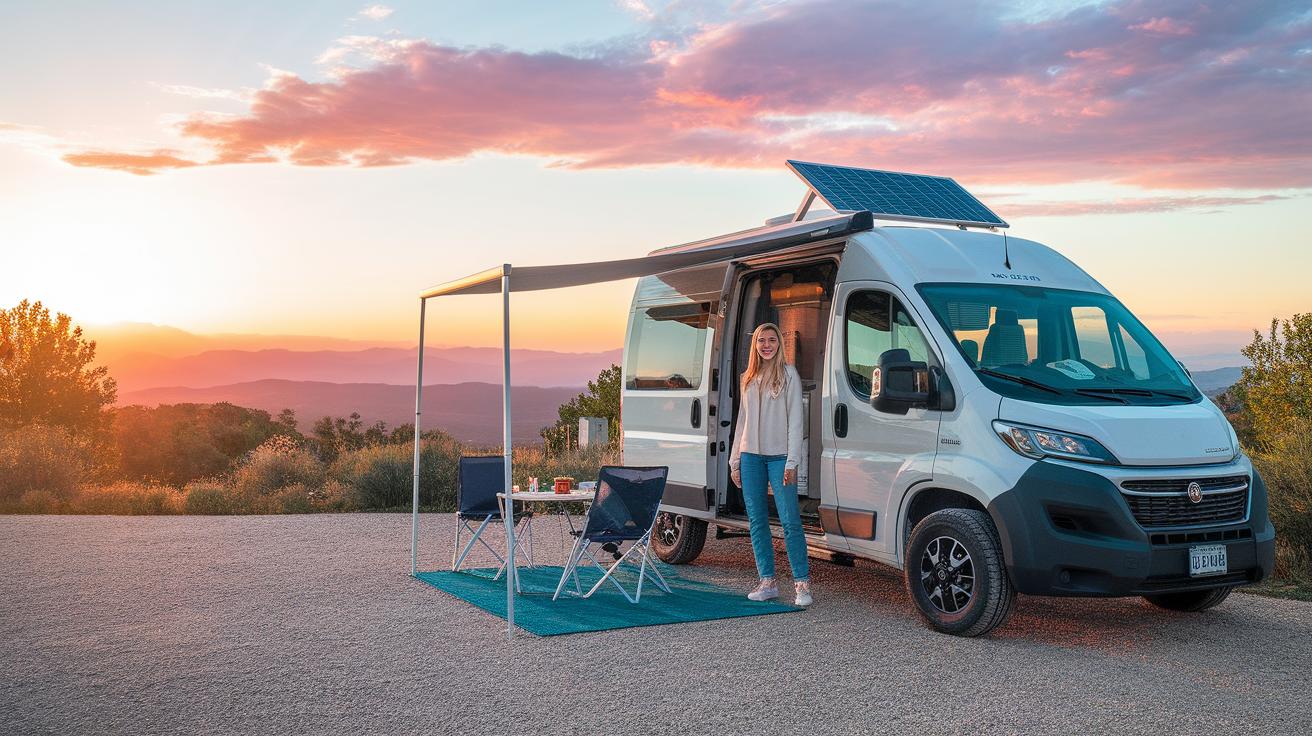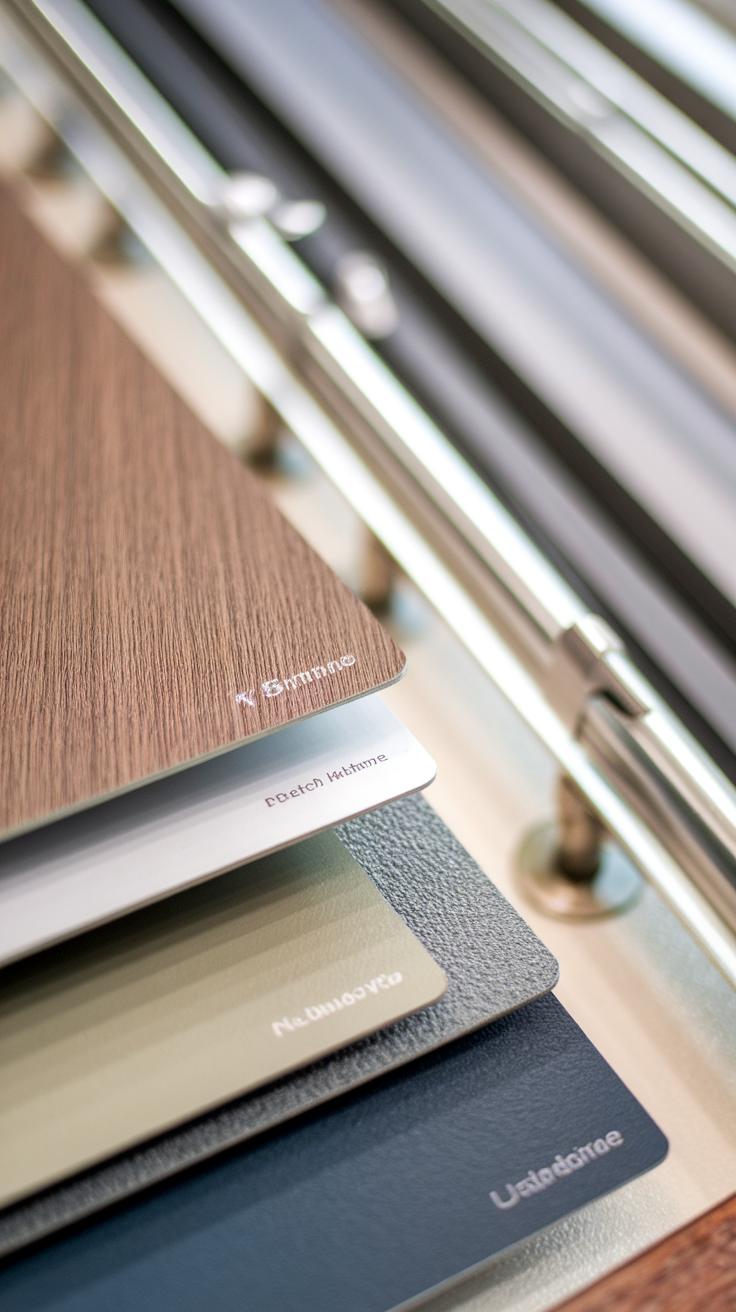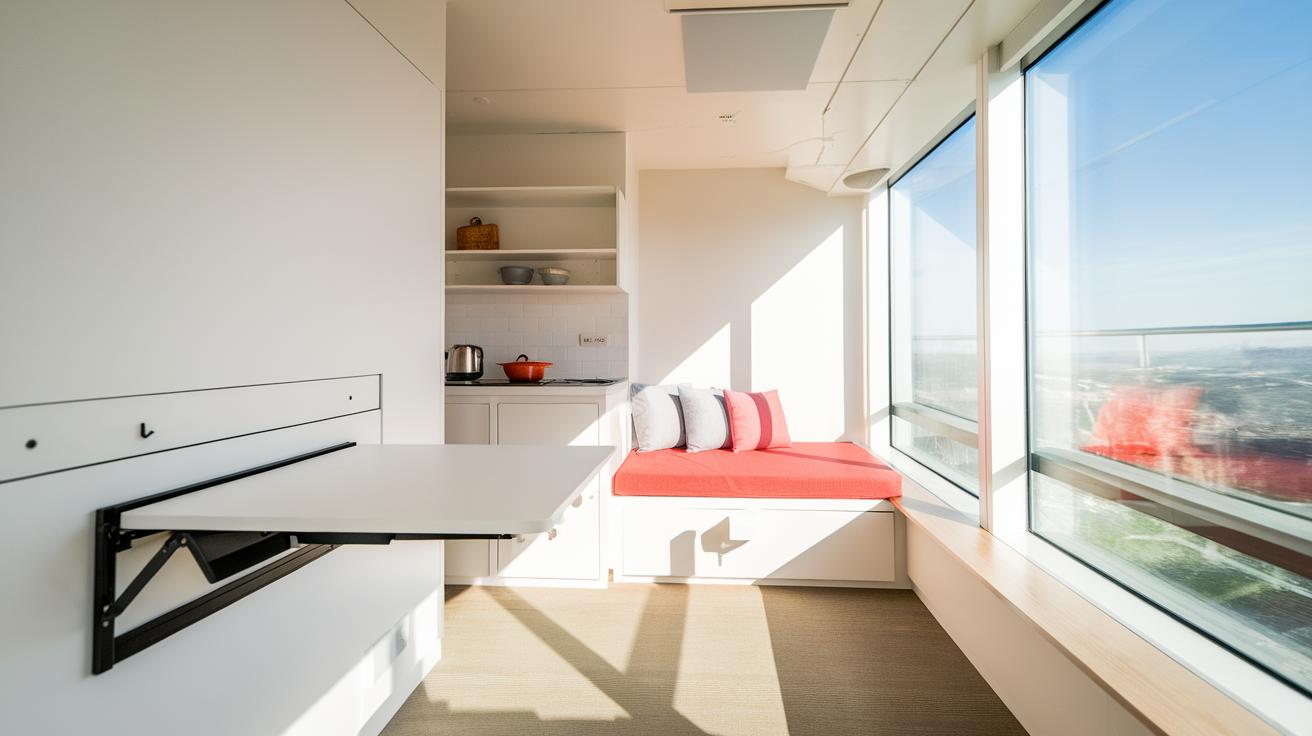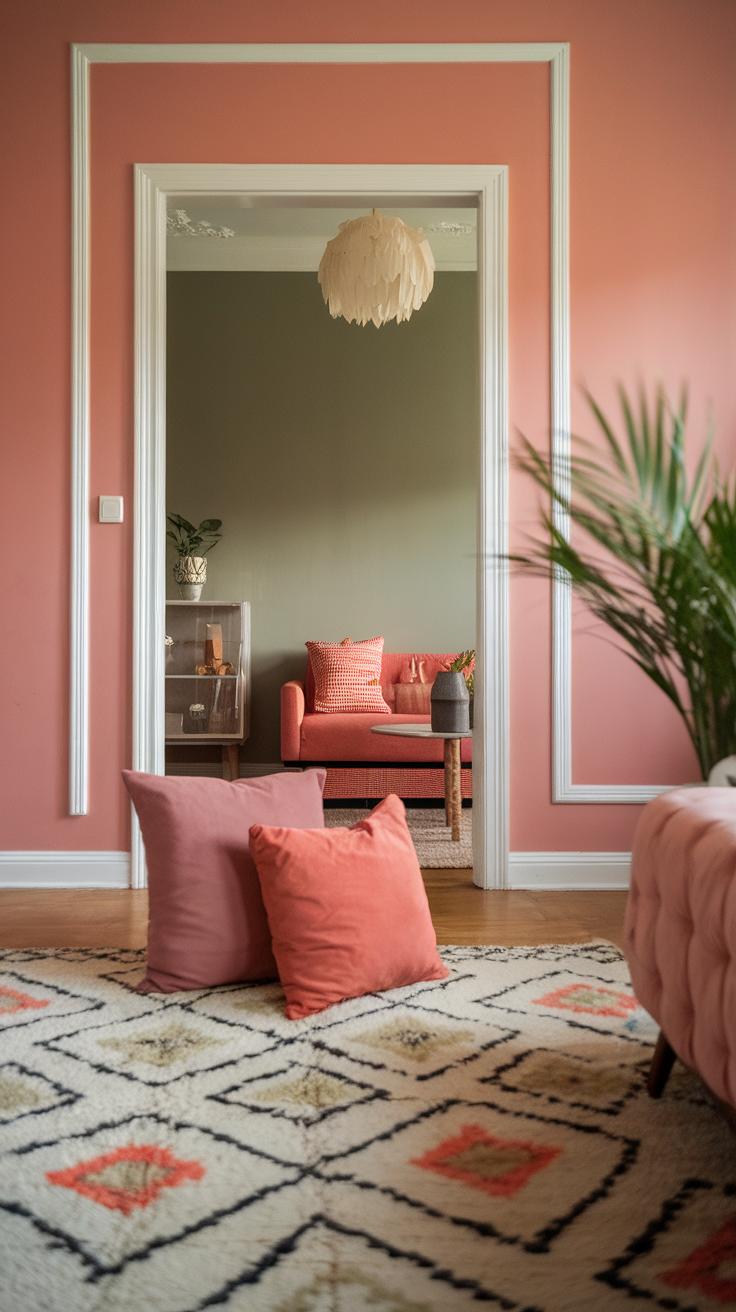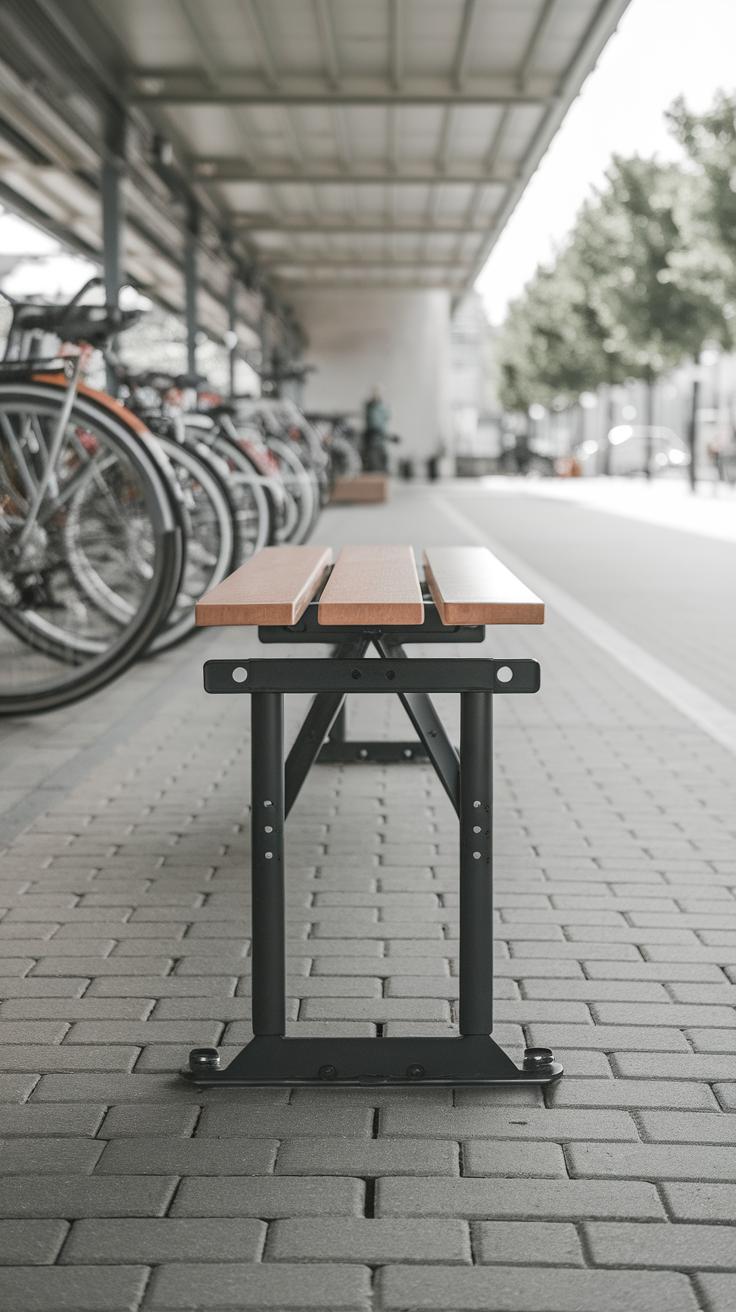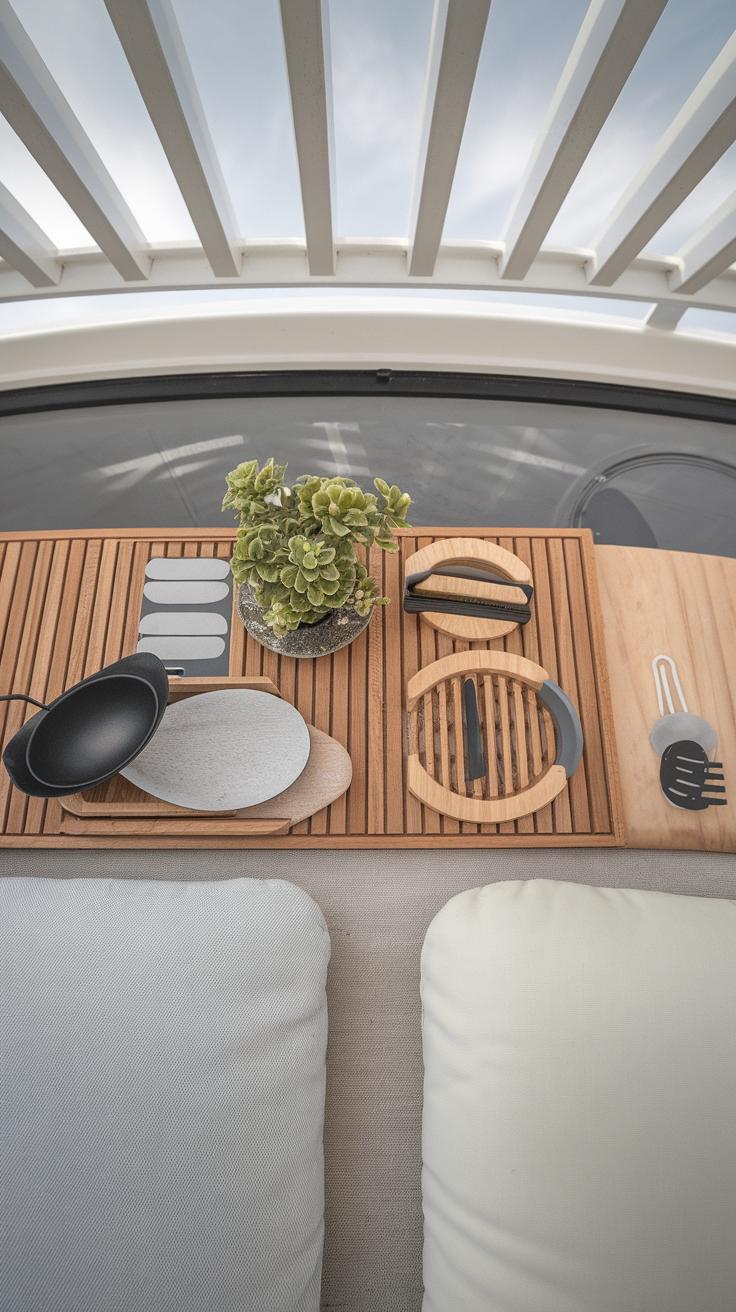Introduction
Designing the interior of your camper is key to creating a comfortable and efficient living space. When you plan well, your camper can feel like a cozy home on wheels. The interior needs to balance style with function, utilizing every inch wisely. You want your camper to serve multiple purposes without feeling cluttered or cramped.
Understanding camper interior design involves considering smart storage, multi-functional furniture, and layout optimization. Practical choices can transform your camper experience, making travel more enjoyable and stress-free. This article covers useful tips and ideas to help you create a camper interior that combines functionality with appealing flair. You will learn how to enhance your camper space step-by-step, keeping your journey in mind.
Planning Your Camper Interior Layout
Every inch counts when designing your camper’s interior. Thoughtful layout planning shapes how you live and move inside your space. Start by mapping out zones dedicated to cooking, sleeping, storage, and lounging. These areas need clear boundaries to help you stay organized and comfortable.
Measure your camper carefully to know the exact space you have. Sketch your layout on paper or use design apps to try different arrangements. Consider doors, windows, and walking paths. How will you move around when everything is in place? A cramped walkway can quickly turn your trip uncomfortable.
Think about how each zone interacts. For example, positioning the kitchen near storage makes cooking easier. Placing the sleeping area slightly separate can give you privacy. Your layout choice directly affects daily ease and enjoyment in your camper.
Identifying Functional Zones
Dividing your camper into clear zones creates order and improves flow. Group the cooking area close to food and utensils. The sleeping zone should feel cozy and quiet. Storage zones work best in spots that are easy to access but out of main pathways.
When zones are well-defined, you spend less time searching for things and more time relaxing. Ask yourself: Does it make sense to prepare food near the fridge? Can you reach clothes storage without blocking the door? Simple ideas like placing storage under beds or seating can improve accessibility and keep clutter down.
Maximizing Use of Vertical Space
Using vertical space expands your storage and utility without crowding floors. Hang cabinets on walls to keep cooking tools within reach yet off counters. Fold-away beds that tuck up against the wall free up floor space during the day.
Ceiling compartments offer hidden storage for lightweight items such as bedding or jackets. Hooks and rails on walls can hold frequently used gear, saving cabinet space. How can you transform bare walls into useful spots? Think about layers of storage going up instead of out.
Choosing MultiPurpose Furniture
Your camper’s limited space demands smart furniture choices that serve more than one purpose. Multi-purpose furniture saves room and brings convenience to daily life on the road. Fold-down tables work great when you need a dining area, work surface, or extra counter space, then tuck away when not in use.
Convertible sofas offer both seating and sleeping options without crowding your space. Look for pieces that easily switch from lounge to bed. Beds with storage underneath help keep bulky items out of sight. You can store bedding, clothes, or tools right under your bed, making your camper feel tidy and open.
When shopping, focus on sturdy materials and simple mechanisms that won’t add hassle. Ask yourself: Can this piece handle multiple roles without sacrificing comfort or function? Choosing the right multi-purpose furniture keeps your camper livable and flexible.
Convertible Seating and Sleeping Options
Convertible furniture is a smart choice to maximize small camper spaces. Popular types include sofa beds, futons, and bench seats that fold out into beds. These pieces switch easily between sitting and sleeping, saving you floor space at night and providing comfort during the day.
Sofa beds often come with mattress options designed for both support and softness. Futons fold flat quickly, making them perfect for spontaneous guests. Bench seats with pull-out beds allow extra sleeping spots without permanent furniture crowding your space.
Choosing convertible options lets you adjust your camper living area as needed. Would you rather lounge or host overnight visitors? Convertible pieces ensure you can do both, without cluttering your camper.
Furniture with Built-In Storage
Furniture that holds hidden storage helps you beat clutter in a small camper. Look for seating and tables with compartments under cushions, inside benches, or beneath tabletop sections. These spaces hide items you use less often but want close at hand.
Storage benches keep blankets, kitchen tools, or outdoor gear neatly tucked away. Coffee tables with lift tops reveal storage for books, games, or electronics. This design keeps your living area clean and open while providing quick access to essentials.
Think about the items you want out of sight but still within reach. Does your furniture add storage without making the space feel crowded? Furniture with built-in storage keeps your camper organized and ready for any adventure.
Smart Storage Solutions
Keeping your camper tidy depends on smart storage. Using bins, shelves, and hooks helps organize everything. Clear plastic bins work well for clothes and kitchenware because you can see inside without opening them. Stack these bins under counters or in closets to save room. Hooks mounted on walls or inside cabinets hold items like keys, hats, or small tools, keeping surfaces clear. Open shelves near the cooking area store spices and utensils where you can grab them fast. For outdoor gear, a dedicated bin by the door or a hanging net keeps everything ready for your next adventure. Do you ever struggle to find stuff in your small space? Organizing by function makes your camper easier to live in day-to-day. Smart storage turns clutter into order, helping your camper feel more spacious and welcoming.
Using Under-Bed and Floor Storage
The space beneath your bed often sits unused, but it offers great storage potential. Large bins on rollers fit nicely under beds, perfect for bulky items like extra bedding, shoes, or camping gear. Label these bins or use clear containers to make finding things quick. To access under-bed storage easily, keep items you use frequently near the front and place seasonal gear further back. Consider installing shallow drawers under the bed frame if you want smoother access. Floor storage can also work in raised platforms or beneath seating areas. How often do you overlook the floor space as storage? Using these spots well can dramatically open up your camper’s living area.
Wall-Mounted and Hidden Storage
Walls offer vertical space for shelves and racks that keep essentials off counters. Narrow shelves store books or kitchen items without crowding your camper. Magnetic strips work well for knives or small metal tools. Hooks set at different heights hold jackets, bags, or cooking utensils. Ceiling-mounted nets or baskets keep lightweight gear, like hats or soft bags, out of the way but easy to reach. Think about installing hidden compartments behind wall panels or inside cabinet doors for valuables or electronics. Which items would you grab first when your walls organize your things? Using wall-mounted and hidden storage frees up floor space and keeps your camper neat and practical.
Lighting to Enhance Space and Mood
Lighting shapes how you use your camper and how it feels inside. Natural light creates a bright space that boosts your mood and makes the camper seem larger. At night, task lighting helps you focus on specific activities like cooking or reading. Soft ambient lighting sets a relaxing tone when you want to unwind.
Using different lighting zones lets you switch easily between work and rest modes. Energy-efficient LED bulbs reduce power draw and last longer, which is key for limited camper energy resources. Solar-charged lights offer another low-energy option, cutting down on battery use while keeping your space lit.
Think about how lighting changes your camper’s feel during the day. How can you arrange lights to match your daily routine? Thoughtful lighting improves both how your camper works and how comfortable you feel living there.
Maximizing Natural Light
Windows and skylights fill your camper with natural light and open up the space visually. Larger windows bring in more daylight, while skylights brighten center areas often blocked from sunlight. Light-colored walls and surfaces reflect sunlight, bouncing it deeper inside and making the camper feel less cramped.
Keep window areas free from clutter to allow sunlight through. Use sheer curtains or blinds that slide easily to control light without blocking it. Opening windows also boosts airflow and fresh air, adding to the room’s livability.
What places in your camper get the most sun? Could a skylight or bigger window improve your daily energy and comfort without adding weight? Natural light reduces your need for electric lights, saving energy and enhancing your mood.
Choosing Flexible Lighting Options
Adjustable LED strips or ceiling lights let you change brightness and color temperature for different tasks. You might want bright, white light for cooking and dim, warm light for relaxing in the evening. Installing dimmers supports this versatility easily.
Battery-powered lamps offer portable lighting around your camper without extra wiring. Clip-on reading lights or battery lanterns let you direct light exactly where you need it. Rechargeable options reduce waste and save money over time.
Flexible lighting lets your camper adjust to changing activities and moods. How can you design a setup that provides light when you need it, but doesn’t drain your batteries? The more adaptable your lighting, the better your camper supports daily living.
Material Choices for Durability and Style
Choosing the right materials shapes how your camper looks and performs over time. Surfaces face bumps, spills, and changes in temperature during travel. Opt for materials that stand up to these challenges without losing appeal. Consider finishes that resist scratches and stains so your camper interior stays neat longer.
Materials that clean easily save time and reduce stress on the road. Smooth surfaces like sealed laminates wipe down fast, even after messy meals or outdoor gear dirt. Fabrics that tolerate quick washes or repel water keep seating fresh and dry during sudden weather shifts.
Think about how these choices fit your lifestyle. Do you cook often inside the camper? Choose countertops that resist heat and stains. Are you traveling with pets or kids? Look for upholstery designed to handle frequent use. The goal is to blend durability with comfort, making your space inviting but ready for adventure.
Durable Surfaces and Flooring
Flooring and countertop materials need to balance toughness with style in a camper. Vinyl flooring works well because it handles moisture and scrapes without losing shape. It often comes in varied designs, mimicking wood or stone, so you don’t sacrifice looks for strength.
Laminate countertops offer a smooth, stain-resistant surface that stays attractive despite regular use. Treated wood adds warmth but requires sealing to prevent water damage and warping. Ask yourself: will your surfaces face wet shoes or cooking spills? Choose materials tested in similar conditions to keep your camper stylish and functional.
Selecting Upholstery and Fabrics
The fabrics covering seats and beds must survive frequent use and occasional accidents. Removable covers come in handy since you can clean them easily on the road. Water-resistant fabrics protect against spills and dirt, helping keep your camper cozy yet tidy.
Look for materials labeled for durability, such as polyester blends or performance fabrics designed for outdoor gear. Quick-drying options also help prevent mold or odors in humid environments. How often will you wash covers during trips? Picking fabrics that suit your cleaning habits ensures your camper interior stays fresh and comfortable every time you hit the road.
Incorporating Technology Wisely
Technology can improve your camper’s comfort and function without taking up too much space or power. Think about small appliances that serve many purposes. A compact refrigerator can store food and drinks without crowding limited areas. Portable cooktops let you prepare meals when a full stove isn’t an option. These options keep your camper organized and efficient while cooking or storing perishables.
Installing charging stations that fit the camper’s layout ensures your devices stay ready without cords strewn everywhere. Consider placing USB ports near seating or sleeping areas for easy access. Efficient cooling and heating, such as low-energy fans or compact electric heaters, help maintain a comfortable temperature while using minimal power.
Can you balance convenience with simplicity? Integrate technology into your camper’s design so it blends in, avoiding clutter and maximizing usable space. This approach keeps your camper cozy and functional during every trip.
Space-Saving Appliances
Look for appliances designed for small spaces and multiple functions. A compact refrigerator around 3-4 cubic feet suits most campers, providing enough capacity without eating into living areas. Portable induction cooktops are energy-efficient and easy to store when not needed. Some models double as countertop warmers or griddles, adding versatility.
A combination microwave and convection oven can replace several bulky machines. Choose lightweight, stackable kitchen tools that fit inside cabinets or under counters. How much space can you save by combining appliance roles? Small appliances that serve several tasks reduce clutter and make your camper feel less cramped.
Power Management and Connectivity
Solar panels offer a steady way to recharge batteries without relying on external power. Compact panels can mount on the camper roof without adding bulk. Pair them with battery banks to store energy for night use or cloudy days. This setup keeps your system sustainable and frees you from frequent hookups.
Install USB charging ports linked directly to your battery system. They allow you to charge phones, tablets, or cameras efficiently and avoid wasting power through multiple adapters. Smart power strips help monitor energy use and prevent overcharging. How often do you check your power levels? Using these tools helps you manage power carefully and extend your off-grid time.
Color Schemes and Decor for Comfort
Choosing the right colors can change how your camper feels. Light colors reflect the natural light that comes through windows, making the space look larger and more open. Consider using pale blues, soft grays, or warm creams on walls and upholstery to lift the mood. These shades help prevent a cramped feeling and improve your overall comfort while inside.
Bright or dark colors can overwhelm a small space, so use them as accents. Throw pillows, a patterned curtain, or a small rug with those colors can add character without crowding. Think about what reflects your personality but keeps the layout clear and clutter-free.
Focus on finding a balance between style and function. For instance, choose fabrics that are easy to clean and withstand outdoor wear but still look inviting. This way, your camper will feel like home, and maintaining it stays simple.
Using Light and Neutral Colors
Light and neutral colors bounce light around, which enlarges a small camper interior visually. Pale shades like ivory, soft beige, or light gray help you feel less confined. Reflective surfaces with these colors make the space feel fresh and open all day.
Consider painting cabinets or walls in these neutral hues to create a calm background. Neutral tones pair well with wooden textures or metal finishes, adding depth without crowding the eye. This approach lets you bring in personal touches later without disrupting the spacious feel.
Have you tried this in your space? What effect did a lighter palette have on how comfortable you felt inside a small area?
Adding Personal Touches Without Clutter
Details like cushions, curtains, or wall art make a camper feel welcoming without eating up space. Choose a few statement pieces that reflect your style. For example, simple cushions with patterns or a colorful curtain can brighten the room without adding bulk.
Wall art can be lightweight prints or removable decals that add personality and are easy to swap out. Keep the number of decorative items low to avoid feeling crowded. Instead of many small items, focus on a few larger accents that draw the eye and express your taste.
Picture a minimalist shelf with a small plant or a framed photo. These touches create warmth without mess. How would you select personal items that make your camper feel like home while keeping it tidy?
Maintaining Flexibility for Various Travelers
Designing a camper interior that meets the needs of solo travelers, couples, or families requires thoughtful planning. You want your space to adapt quickly without needing major changes. Flexible layouts allow you to switch from cozy solo setups to family-friendly arrangements with ease.
Consider how your sleeping spaces can transform. For example, a seating area that turns into a bed works well for couples or solo travelers. Families might need separate sleeping zones or beds that stack efficiently. Think about your future travel plans—will your needs grow or shift?
Storage should also adjust. Gear and belongings vary when traveling alone versus with others. Design your camper so shelves, cabinets, and bins can be moved or resized. This approach saves room and keeps your interior tidy. What kind of trips do you plan next? Your camper should flex along with those plans.
Adjustable Sleeping Spaces
Bunk beds offer a solid solution for families or groups, giving everyone a place to rest without taking up extra floor space. Fold-out beds serve a dual purpose, turning living areas into sleeping zones at night and back again during the day.
Modular mattresses let you arrange your sleeping surface in multiple ways. You could connect cushions for a large bed or separate them for several small beds. This system adapts to the number of guests quickly and keeps your camper functional.
Would a convertible sleeping option simplify your travels? Adjustable beds give you a custom fit without sacrificing comfort or space.
Modular Storage and Seating
Movable storage units allow you to shift gear around based on your needs. For instance, stacking bins can hold both kitchen supplies and sports equipment when traveling alone but rearranged to create more living space for family trips.
Seating that doubles as storage or can be moved easily lets you change the layout daily. Foldable chairs or benches with storage underneath make the most of every inch and keep clutter contained.
Think about your gear—do you often bring bikes, hiking tools, or extra clothes? Modular storage and seating let you customize your camper to fit those items without crowding your living space.
Easy Maintenance and Cleaning Tips
Keeping your camper interior clean while on the move can greatly improve your comfort and the longevity of your living space. Creating a simple cleaning routine helps you stay ahead of dirt and clutter before they pile up.
Spend a few minutes each day tidying surfaces, wiping spills immediately, and putting items back in their designated spots. Regularly empty the trash to avoid odors and maintain hygiene. Use multipurpose cleaners designed for small spaces to save time and reduce the number of products you carry.
Choose materials like vinyl flooring, laminate countertops, and washable fabric covers. These surfaces stand up better to frequent cleaning and resist stains. Microfiber cloths are handy for quick dusting and absorb spills efficiently. Store cleaning tools within easy reach to avoid searching for them when needed.
Ask yourself: how can you adapt your cleaning routine to fit busy travel days without sacrificing cleanliness? Consistent habits help you enjoy your camper more and protect your investment over time.
Daily Cleaning Habits
Set aside 10 minutes each day for basic tasks. Sweep or vacuum floors to catch crumbs and dirt before they spread. Wipe down kitchen counters and the stove after cooking to prevent grease buildup.
Organize personal items like keys, electronics, and chargers daily. This reduces clutter and makes your space feel larger. Make the bed every morning to create a neat atmosphere.
Check for moisture in corners or under cushions to avoid mold. A quick air-out by opening windows helps keep the air fresh. These small steps stop problems before they start and keep your camper welcoming.
Choosing Easy-to-Clean Materials and Products
Opt for materials that resist stains and dry quickly. Vinyl or laminate flooring handles dirt and spills better than carpet. Choose cushions with removable, washable covers so you can clean them without hassle.
Use cleaning products formulated for campers or small spaces. Gentle, non-toxic sprays work well on multiple surfaces without damaging finishes. Look for compact, refillable bottles to save space and reduce waste.
Microfiber cloths are a must-have—they trap dust and dirt with little water. Keep a hand-held vacuum with strong suction to clean hard-to-reach spots efficiently. These choices ease your maintenance routine and protect your camper’s interior from wear over time.
Conclusions
Creating a functional camper interior takes clear planning and smart decisions. When you focus on flexibility and storage, your camper becomes more livable and enjoyable. The ideas shared encourage you to use space creatively and think about your needs on the road. By applying these tips, you increase your camper’s comfort and usefulness.
Your camper’s interior design influences your travel comfort and convenience. Making thoughtful choices about materials, furniture, and layout ensures every inch works for you. Improving the functionality of your space enriches your adventures and daily use. By investing time in design, you gain a camper interior that suits your lifestyle and travels well.

